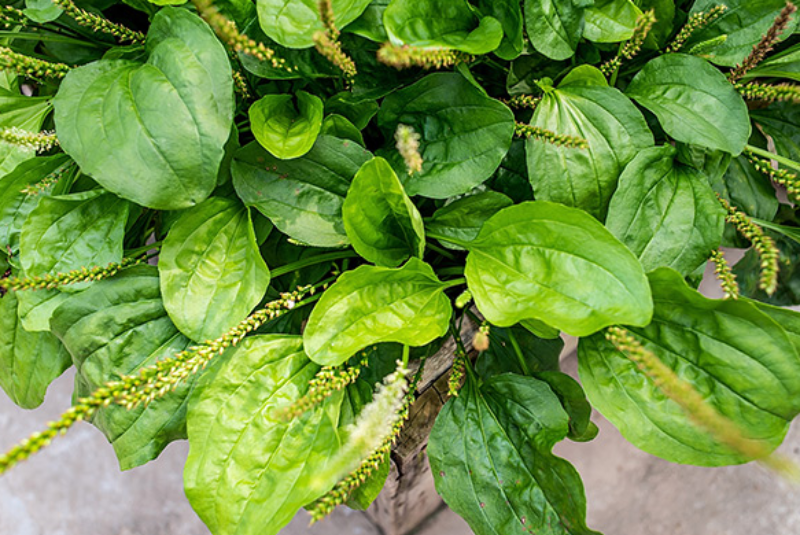(Virgilio Marin) Plants let out “ultrasonic squeals” when they are damaged or stressed by drought. Researchers at Tel Aviv Universityin Israel discovered this after placing microphones near tomato and tobacco plants. Thanks to the microphones, the researchers were able to detect distinct sounds emanating from the plants.
Related 12 First Aid Myths That Could Cause More Harm Than Good (VIDEO)
by Virgilio Marin, October 4th, 2021
The sounds are too high-frequency for humans to hear, but other plants and some animals may be able to perceive them. As the researchers note, the noises fall within a range of 20 to 100 kilohertz, which is a volume that some organisms can feasibly detect from up to several feet away.
The researchers detailed their findings in a paper, which was posted in the preprint server bioRxiv.
Listening to stressed plants with microphones
Plants respond to stress in a variety of ways. They may emit foul-smelling chemical compounds or change their color and shape in response to drought or bites from pests. Animals seem to recognize these stress signals and even other plants appear to detect airborne scents wafting from their beleaguered neighbors. Previous research suggests that plants also react to sounds, but it’s unclear whether they can emit detectable noises too.
For their study, the researchers set up microphones near tomato and tobacco plants to investigate whether these plants emit sounds that could travel through the air. They placed the plants in either a soundproof box or an open greenhouse space. One set of the crops were subjected to drought conditions and another to physical damage (a snipped stem). A third group, on the other hand, was untouched.
The microphones picked up distinct sounds, with some plants emitting more screams than others depending on the plant species and the stressor. On average, drought-stressed tomato plants let out 35 ultrasonic squeals per hour while those with cut stems made 25. Meanwhile, drought-stressed tobacco plants released 11 screams per hour while cut crops made 15 sounds. By comparison, the untouched plants emitted one sound per hour. (Related: How do plants know when it floods? Recent research reveals how plants sense increased levels of water.)
The researchers also attempted to identify each group of plant based solely on its signature screams. Using machine learning, a type of artificial intelligence algorithm, the team detected distinct features in each set of sounds. They classified the sounds into three categories – dry, cut or intact.
Insects and even humans may be able to hear plants
The researchers suggested that moths and other insects might be listening for sounds emitted by stressed plants to assess their condition before laying eggs on their leaves. They also posited that humans, with the right tools in hand, might be able to hear these botanical stress signals too.
“Our results suggest that animals, humans and possibly even other plants, could use sounds emitted by a plant to gain information about the plant’s condition,” the authors wrote.
It was unclear whether all stressed plants squeal since the researchers did not include plants exposed to other stressors, such as disease, excess salt and unfavorable temperatures. But the authors did record similar sounds in other cut or drought-stressed plants, such as spiny pincushion cacti and henbit deadnettle weeds.
These findings could have practical applications in agriculture, according to Anne Visscher, a fellow of comparative plant and fungal biology at the Royal Botanic Gardens in the U.K. The idea that “sounds that drought-stressed plants make could be used in precision agriculture seems feasible if it is not too costly to set up the recording in a field situation,” she told New Scientist.
The researchers recommended more studies that would investigate the sounds emitted by plants. They noted that these studies might offer new insights into plants’ interaction with the environment and provide breakthroughs in agriculture.
[the_ad_group id=”25840″]
Stillness in the Storm Editor: Why did we post this?
The news is important to all people because it is where we come to know new things about the world, which leads to the development of more life goals that lead to life wisdom. The news also serves as a social connection tool, as we tend to relate to those who know about and believe the things we do. With the power of an open truth-seeking mind in hand, the individual can grow wise and the collective can prosper.
– Justin
Not sure how to make sense of this? Want to learn how to discern like a pro? Read this essential guide to discernment, analysis of claims, and understanding the truth in a world of deception: 4 Key Steps of Discernment – Advanced Truth-Seeking Tools.
Stillness in the Storm Editor’s note: Did you find a spelling error or grammatical mistake? Send an email to corrections@stillnessinthestorm.com, with the error and suggested correction, along with the headline and url. Do you think this article needs an update? Or do you just have some feedback? Send us an email at sitsshow@gmail.com. Thank you for reading.
Source:
https://www.naturalnews.com/2021-10-04-drought-stressed-damaged-plants-emit-ultrasonic-squeals.html
[the_ad id=”121669″]

Yes, thanks but I already know about this. I absolutely love showing this study to those pretentious, self righteous vegan douchebags, now there’s nothing left for them to eat but their own bs, so on the bright side they’ll never starve because they’re packed so full of it!